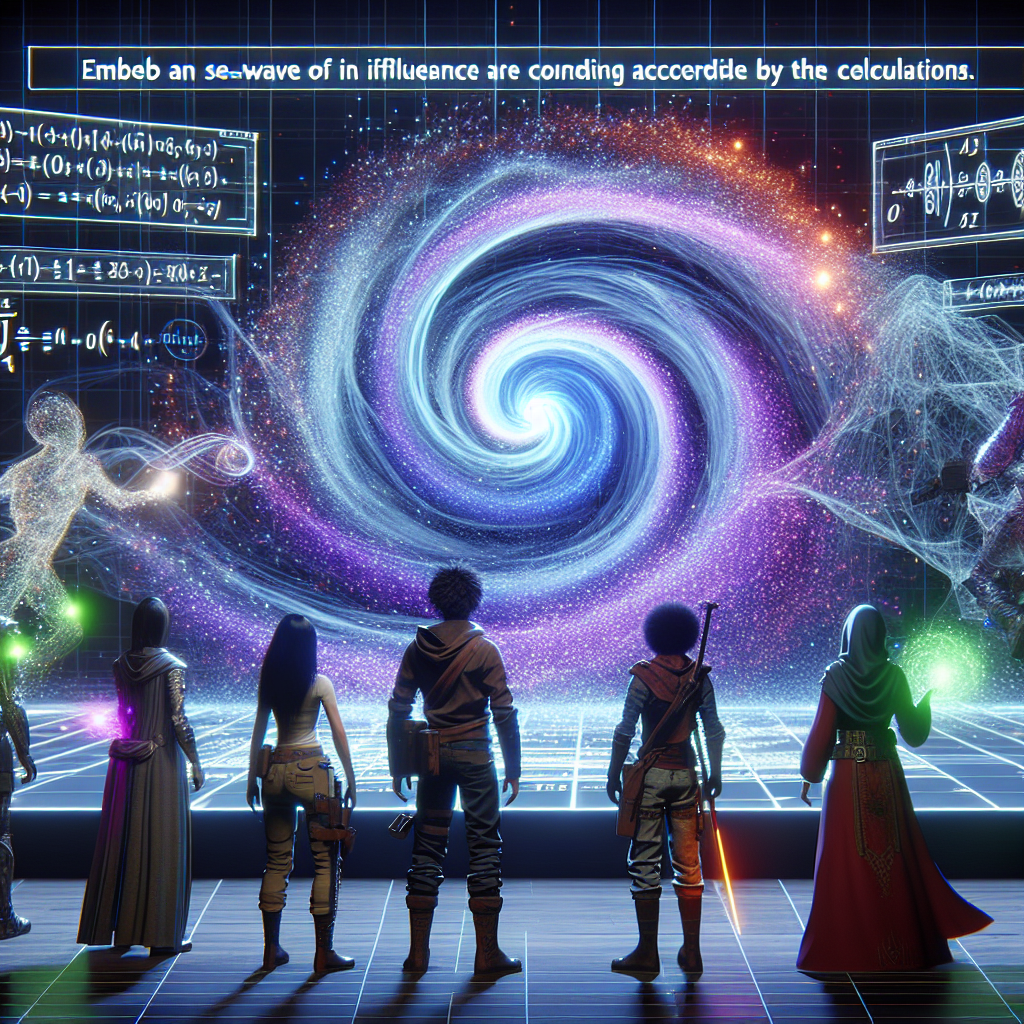Artificial Intelligence (AI) has had a significant impact on the world of gaming in recent years. One of the areas where AI has made a particularly big impact is in game balancing. Game balancing is the process of ensuring that a game is fair and enjoyable for all players, regardless of their skill level or experience. AI has been used to help game developers analyze and adjust various aspects of game balance, from character abilities to level design. In this article, we will explore the influence of AI on game balancing and how it has changed the way games are designed and played.
AI and Game Balancing
Game balancing is a critical aspect of game design, as it directly affects the overall experience of players. If a game is poorly balanced, it can lead to frustration, boredom, or even anger among players. On the other hand, a well-balanced game can provide a fun and challenging experience that keeps players coming back for more.
AI has been used to help game developers tackle the challenges of game balancing in a more efficient and effective way. By utilizing AI algorithms and machine learning techniques, developers can analyze vast amounts of data from player behavior and game performance to identify areas of imbalance and make adjustments accordingly.
One of the ways AI is used in game balancing is through player modeling. AI algorithms can analyze player behavior and skill levels to create profiles of different types of players. This information can then be used to adjust game mechanics, difficulty levels, and other aspects of gameplay to ensure that all players have a fair and enjoyable experience.
AI can also be used to automate the process of game balancing. By using machine learning algorithms, developers can create AI systems that can continuously analyze game data in real-time and make adjustments on the fly. This can help to ensure that the game remains balanced as player behavior and skill levels change over time.
Another way AI is used in game balancing is through level design. AI algorithms can be used to create procedurally generated levels that adapt to the player’s skill level and performance. This can help to ensure that the game remains challenging and engaging for players of all skill levels.
Overall, AI has revolutionized the way game balancing is approached by developers. By using AI algorithms and machine learning techniques, developers can create more balanced and enjoyable gaming experiences for players.
FAQs
Q: How does AI help game developers balance multiplayer games?
A: AI can analyze player behavior and skill levels to create profiles of different types of players. This information can then be used to adjust game mechanics, difficulty levels, and other aspects of gameplay to ensure that all players have a fair and enjoyable experience.
Q: Can AI algorithms be used to balance single-player games as well?
A: Yes, AI algorithms can be used to balance single-player games by analyzing player behavior and adjusting game mechanics and difficulty levels accordingly.
Q: How does AI influence level design in games?
A: AI algorithms can be used to create procedurally generated levels that adapt to the player’s skill level and performance. This can help to ensure that the game remains challenging and engaging for players of all skill levels.
Q: Can AI help to automate the process of game balancing?
A: Yes, AI can be used to create systems that can continuously analyze game data in real-time and make adjustments on the fly. This can help to ensure that the game remains balanced as player behavior and skill levels change over time.

